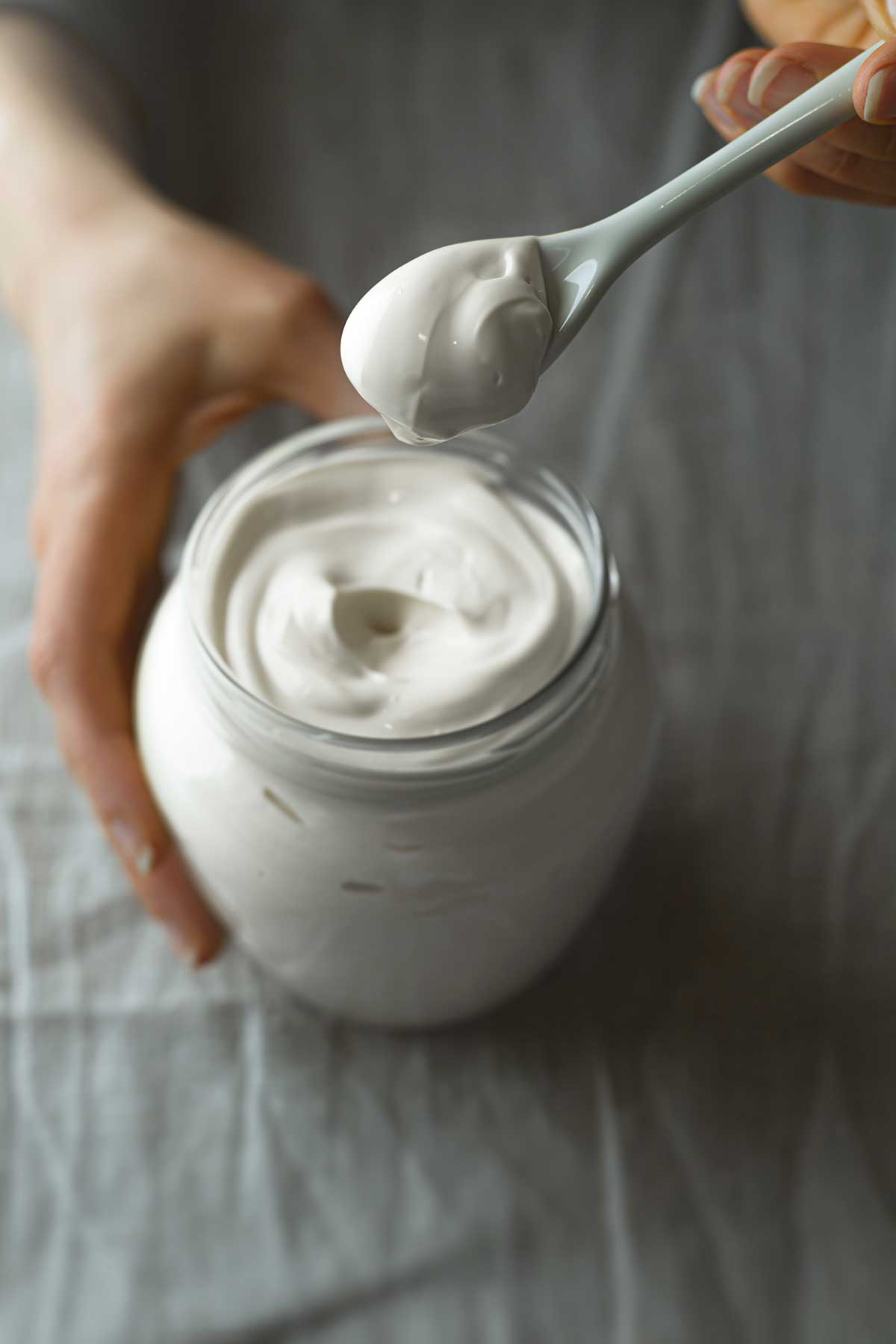
This is one of those recipes that require quotation marks, not out of affectation, but because it’s not a true mayonnaise. It contains no egg yolks or mustard. It’s nothing more than an emulsion of milk and oil. More Brazilian than Portuguese, it’s just now beginning to be used on the Continent. The taste is lighter and cleaner than that of egg-based mayonnaise, allowing other flavors to come through.
☞ Read the Article: The Secret Behind Milk Mayonnaise
Since I was given the recipe, I haven’t stopped finding ways to cook with it. The master recipe is only a canvas for additions. Besides the uses in this book, I’ve smeared the variations on grilled meats and fish, used them as dips and in dressings, spread them on sandwiches, and stirred them into potato salads, much as I do with actual mayonnaise.
Why Isn’t my Mayonnaise Emulsifying?
Like all emulsions, this recipe can be a bit finicky. But adding the oil in a thin stream and stopping when the right consistency is reached is the key. For almost foolproof results, a handheld blender is best, but a small canister blender with a narrow base will do (tall and narrow is best here). Don’t do as some of us did and assume that a stand mixer or food processor will work—it just won’t. If you’re working with a less-than-powerful immersion blender, the consistency of the mayonnaise may turn out thinner than you’d expect. You can help it along by slowly adding 2 more tablespoons of oil to the milk mayonnaise as you continue to blend and it will thicken nicely.
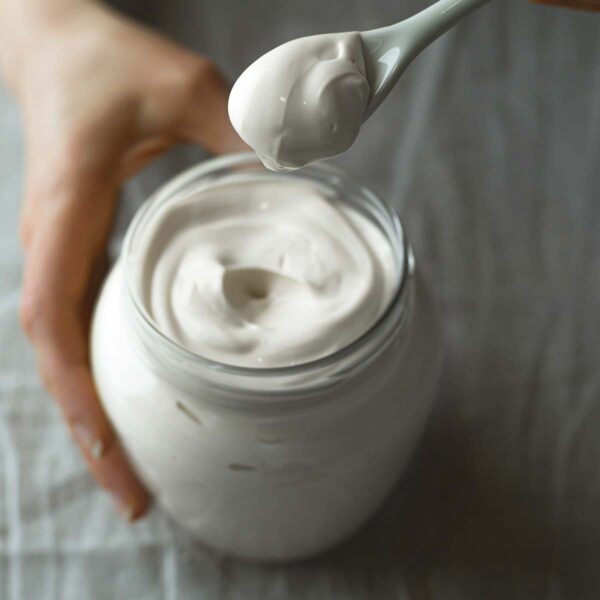
Milk Mayonnaise
Ingredients
- ⅓ cup very cold milk
- ¾ teaspoon fresh lemon juice
- 1 small garlic clove, peeled
- ⅛ teaspoon white pepper
- About ¾ cup vegetable oil, or 1/2 cup (118 ml) vegetable oil plus 1/4 cup (60 ml) olive oil
- Kosher salt
Instructions
- Combine the milk, lemon juice, garlic, and pepper in a 2-cup glass measuring cup. Using a handheld blender (or a blender), buzz on high for 30 seconds until frothy.
- With the motor running on high, slowly pour in the oil a few drops at a time, and gradually increase this to a fine thread, moving the blender up and down, until the mixture thickens lusciously and resembles a soft mayonnaise. You may need more or less oil.
- Season with salt to taste. The mayonnaise will last up to 1 week in the fridge.
Notes
Milk mayonnaise variations
Clockwise from top right: cilantro-ginger, curry, anchovy, sun-dried tomato.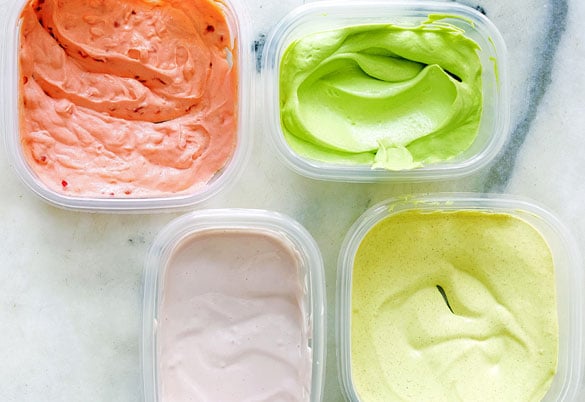
Cilantro and Ginger Milk Mayonnaise | Maionese de Leite com Coentros e Gengibre
Add 1 loosely packed cup of well-dried fresh cilantro leaves and tendril-soft stems and a 1 1/2-inch peeled and grated thumb of ginger to the cup along with the milk, 1 3/4 teaspoons of lemon juice, and the pepper. Omit the garlic. Whir in the oil as directed above. Stir in 1 scallion cut into thin slices on the diagonal.Anchovy Milk Mayonnaise | Maionese de Leite com Anchovas
Add 6 anchovy fillets (generous 1 tablespoon) packed in oil to the cup along with the milk, lemon juice, garlic, and pepper. Whir in the oil as directed above. Omit the salt.Curry Milk Mayonnaise | Maionese de Leite com Caril
Add 2 teaspoons of your favorite curry powder to the cup along with the milk, lemon juice, garlic, and pepper. Whir in the oil as directed above. Before using, let this sit for an hour or so in the fridge to bloom.Tomato Milk Mayonnaise | Maionese de Leite com Tomate
Add 1 1/2 tablespoons of double-concentrate tomato paste to the cup along with the milk, garlic, and pepper. Omit the lemon juice. Whir in the oil as directed above. Stir in 1 tablespoon minced oil-packed sun-dried tomatoes.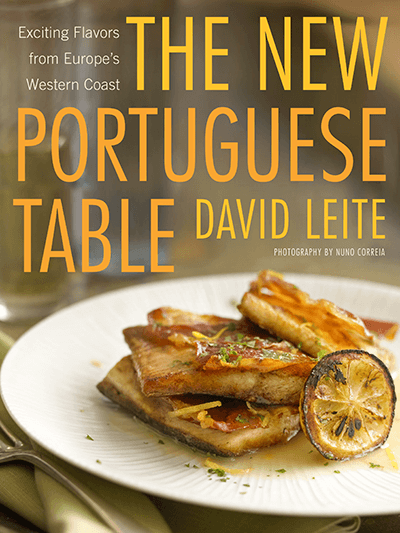
Nutrition
Nutrition information is automatically calculated, so should only be used as an approximation.
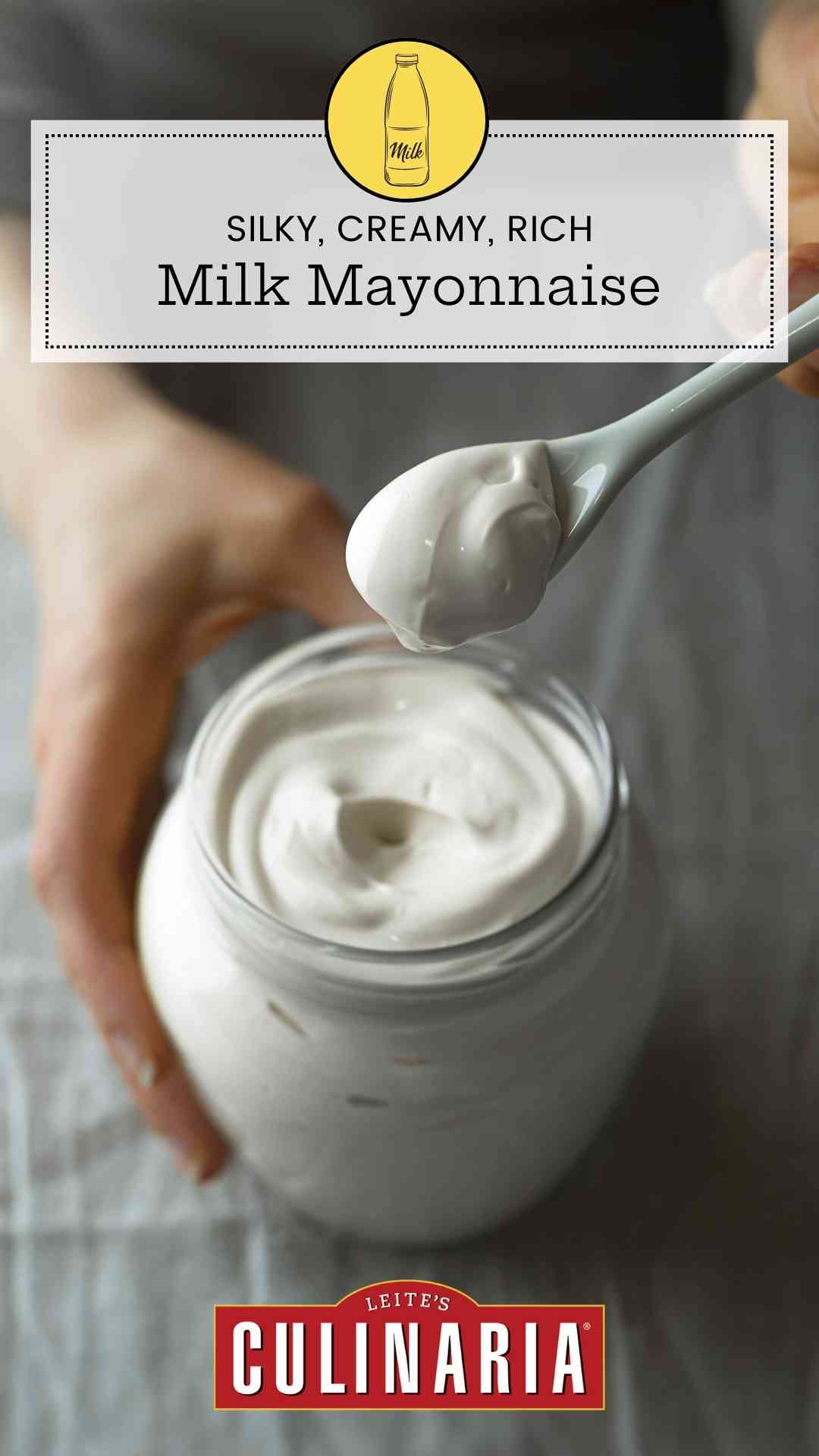










Thank you for a great mayonnaise! I’m still perfecting it but it’s so much better than the store bought stuff! Love it!
missfoodfairy, thank you. But it’s not a true “mayonnaise,” which is why you see the quotes around it in the post. But it does have a similar texture and richness, doesn’t?
After making this mayonnaise then trying store bought ones, you can taste all the salt & sugar! Your ‘mayonnaise’ is fantastic – no going back now!
MissFoodFairy, now THAT’S what Fatty Daddy loves to hear! Thank you.
Came across your blog via an e-mail from The Spanish Table store in Berkeley, which posted your recipe for sausage spread. And wouldn’t you know, I just happen to have an unopened package of Spanish chorizo in the fridge…
Like a previous commenter who made a sriracha version of your mayo – I do this with regular mayonnaise (and I prefer the lime-flavored mayo found out here). I also make a chipotle version using pureed canned chipotles en adobo stirred in to taste. Just great on avocado sandwiches.
I don’t make my own mayo because I don’t trust the raw eggs, and have been thinking about trying to pasteurize raw eggs in my sous vide setup. Now with your splendid recipe, I won’t have to run that experiment.
Thanks!
David S., so glad you liked the sausage spread. It’s an overlooked recipe from the book. And if you do make the mayo–let me know how it turns out.
Is it possible to double or triple the recipe?
Mary, yes, it is possible. But you’ll need to use a smaller food processer (not a mini chop). Those 7-quart monsters are too large and won’t work. What’s crucial is dripping in the oil. Some people have had great success with a blender.
OK, I finally unchained myself from my desk and tried this with very cold, raw, non-homogenized milk.
It worked beautifully on the first try. I used a mixture of 1/2 cup macadamia oil and 1/4 cup extra-virgin olive oil, plus a small clove of chopped garlic and the lemon juice. Shook up the milk container to redistribute the surface cream so I wouldn’t end up with butter. It took about 5 minutes to come together in a creamy emulsion, at which point I added some fine Celtic sea salt. It tastes wonderful and I’m pretty amazed that this turned out. I don’t know if it will last long enough (I will surely devour this in short order) to determine its natural shelf life, but thanks very much for this recipe, because the taste and texture are sublime!
I love your adaptation, Karen S., and I’m going to try it myself. I’ve never used macadamia oil, but I’m dying to now.